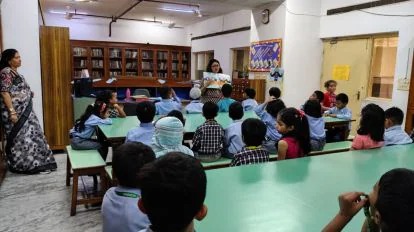Across India, hundreds of native languages are fading out of daily life. Some have only a handful of speakers left. Others haven’t been spoken in decades. But now, a mix of government support, grassroots energy, and digital tools is helping bring them back.
Why These Languages Matter
-
India has over 19,500 languages and dialects, but many are disappearing fast
-
Languages like Mahali, Koro, and Toto are critically endangered, with fewer than 1,000 speakers each
-
Losing a language means losing stories, traditions, and knowledge—especially around nature, medicine, and local history
What’s Being Done
-
The Ministry of Culture is documenting endangered languages through projects like SPPEL and Bharat Vidya Pariyojana
-
Sahitya Akademi is hosting conventions for languages like Kharia, Korku, and Nyishi, and supporting tribal writers through awards and workshops
-
Students and activists are handcopying ancient texts in scripts like Brahmi and Modi to preserve them
-
Community groups are teaching kids through storytelling, festivals, and local radio shows
How Tech Is Helping
-
Linguists are building online dictionaries and apps to teach endangered languages
-
YouTube channels and podcasts are reviving interest among younger generations
-
Google’s Endangered Languages Project is archiving rare dialects for future use
The Bigger Picture
This isn’t just about saving words. It’s about keeping cultural identity alive. As India grows more digital and urban, these revival efforts are helping people reconnect with their roots—and making space for voices that were nearly lost.
Sources: Mediabird Magazine, Press Information Bureau, PlanUp Travel, Times of India Blogs, Greater Kashmir Editorials, Ministry of Culture India, Sahitya Akademi Reports July 2025
